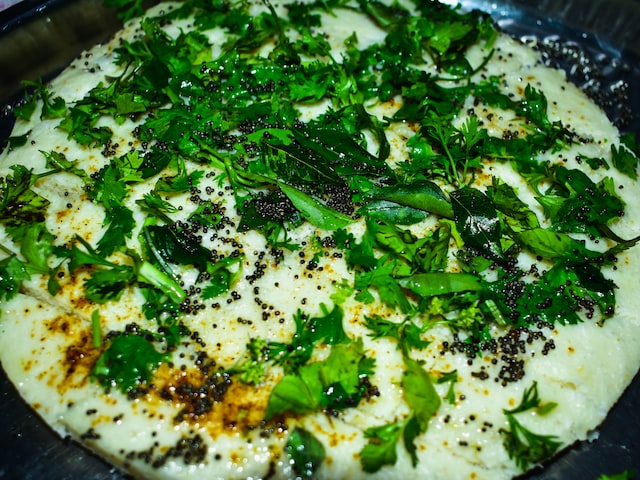Possibly the best dish to ever come out of South Asia, khameán (or khaman) and dhokla are a match made in India. These two dishes may be served together at weddings or in other celebratory settings, but this shouldn’t fool you into thinking that they’re only for special occasions. In fact, more often than not, these dishes are found as a staple on restaurant menus across India and abroad.
Khaman and Dhokla difference is just that: the difference between a light, fluffy roti and a flat, dry one. As different as they seem – one resembling a papadum and the other looking something like play-doh – the key to their universal popularity is their versatility when it comes to preparation.
What’s So Tasty About Khaman And Dhokla That Everyone Went Crazy Over It:
1. Khaman and Dhokla are a match made in heaven.
The simple, crunchy, crispy breads from the north of India and kuramochi are sweet, soft and fluffy in the south, where they’re known as dhokla. Although not many people know it, both these popular South Indian breads start out as khameán – which is what Indians refer to as rotis (large rice balls) when they’re taken by the handful at roadside stands around India.
2. They’re simple to prepare, but they’re not at all easy to make properly.
The key to making the perfect roti is to make the dough perfectly smooth and aerated – and it takes a lot of practice to master. The secret? Diabetics, take note: it’s in the butter! Dull your butter with a few drops of water, then knead it into your flour when you’re mixing up your dough. By adding water, you’ll be able to add more butter without making your dough clumpy or greasy (which will happen if you just stir in a bunch of extra butter). It also makes it easier to press the dough into thin, even sheets.
3. Khaman and Dhokla are made of three different types of flour.
A classic khaman recipe calls for a 25:75 split of whole-wheat and chickpea flours (you can use all whole-wheat if you prefer). For a crispy, fried khaman with perfectly circular holes on the outside, use a deep fryer heated to 375 degrees Fahrenheit. For making Dhokla, the ratio of whole-wheat and chickpea flour is a 50:50 split. Mix together the flours, and then add a little water at a time until you have a very smooth and firm dough. Roll it out into a thin sheet, using just enough flour to keep it from sticking to your rolling pin or work surface. Set aside for two hours or until firm and dry.
4. Khaman and Dhokla are both good for you.
Although these foods are not exactly health food (they’re basically fried bread), they’re made with whole-wheat flour, which is rich in fiber and protein. This means that, in addition to being tasty and full of textures, both khaman and dhokla help improve your health by filling you up so you don’t overeat. When it comes time to dig into the crispy dough at the end of your meal, that’s when the real benefit kicks in – it’s very easy to eat a lot less if you know you’re getting all the good stuff.
5. Khaman and Dhokla are easy to make at home.
You don’t need any fancy equipment to make khaman or dhokla at home. You can find khamans in the frozen food section of Indian grocery stores, and they’re also sold by street vendors as a street food all over India. Don’t despair if you’re not near an Indian grocery store or a hole-in-the-wall that sells khaman; you can use the recipes below to make them in your own kitchen. Either way, you’ll be enjoying the authentic taste of Indian food at home in no time.
6. They’re delicious!
As evidenced by their quick and easy preparation, Khaman and Dhokla are both delicious – even if they look a little messy when they’re first made. The softness of Dhokla is complemented by mild but noticeable spiciness in khaman, which is the reason why people go bonkers over these two dishes when they first meet each other.
7. Khaman and Dhokla are perfect for getting your kids to eat Indian food.
When you’re making it at home, you’ll have a soft, fun time making khaman or dhokla with your kids. If they know something’s coming, they might help you roll out the dough or finish up the potatoes and spices. Making these foods at home will also help them get more familiar with food in general – that way they’re not afraid to try new things when they’re out with their friends!
8. Khaman and Dhokla can be frozen for later use.
As khaman and dhokla are fermented they can be frozen and can be use as you wish. We provisionally call these foods ‘Khaman’ and ‘Dhokla’ because they are not very healthy but they cook very quickly, are tasty and addictive. This recipe is the best that I found when I tried to guess the taste of Dhoklas made in India. But if you want to make your own Kalakand and Dhoklas, remember to use wheat flour – it’s very important for keeping the texture right. Hope you like it!


